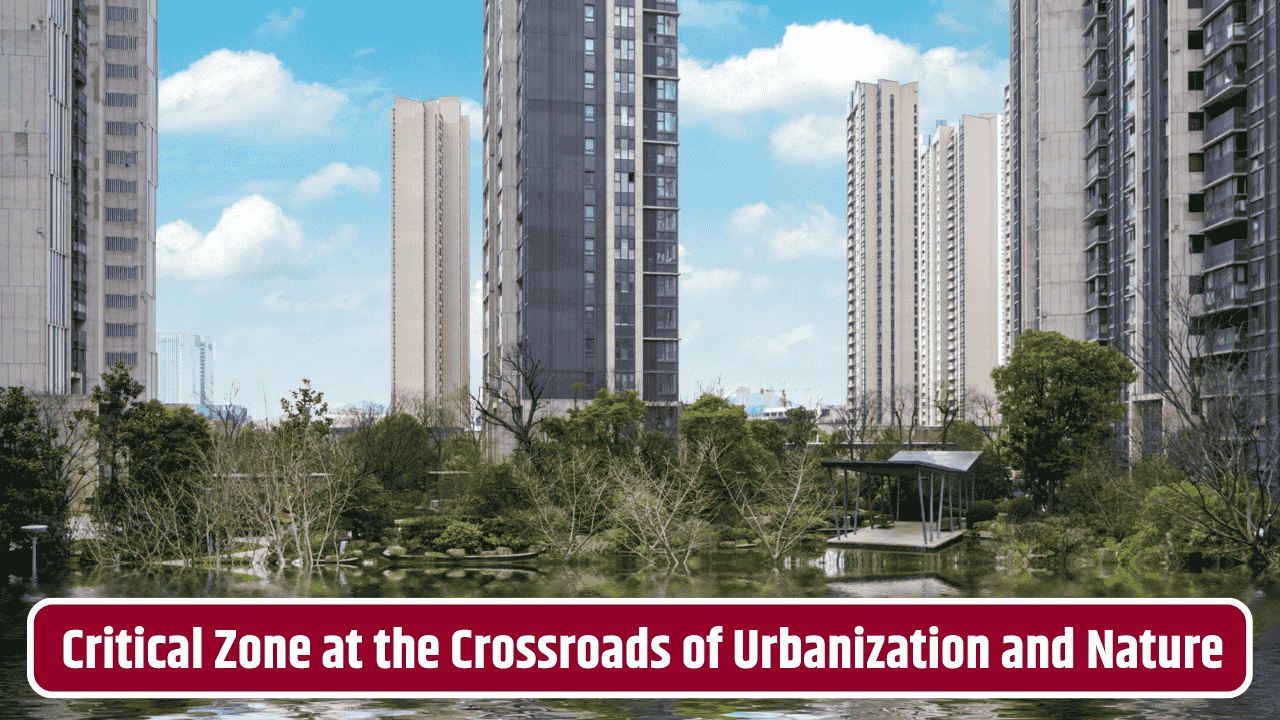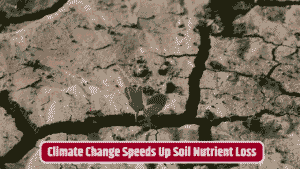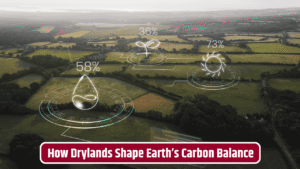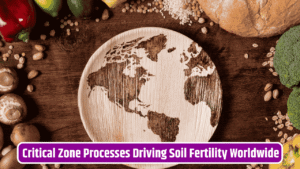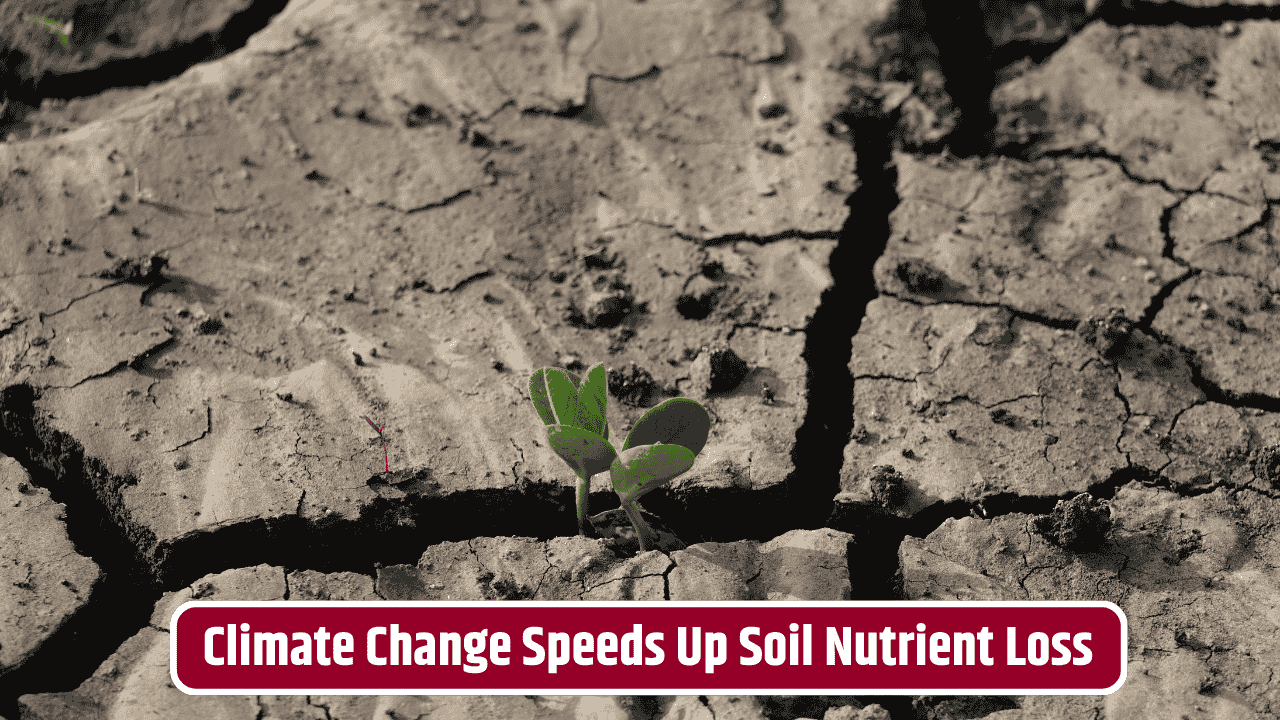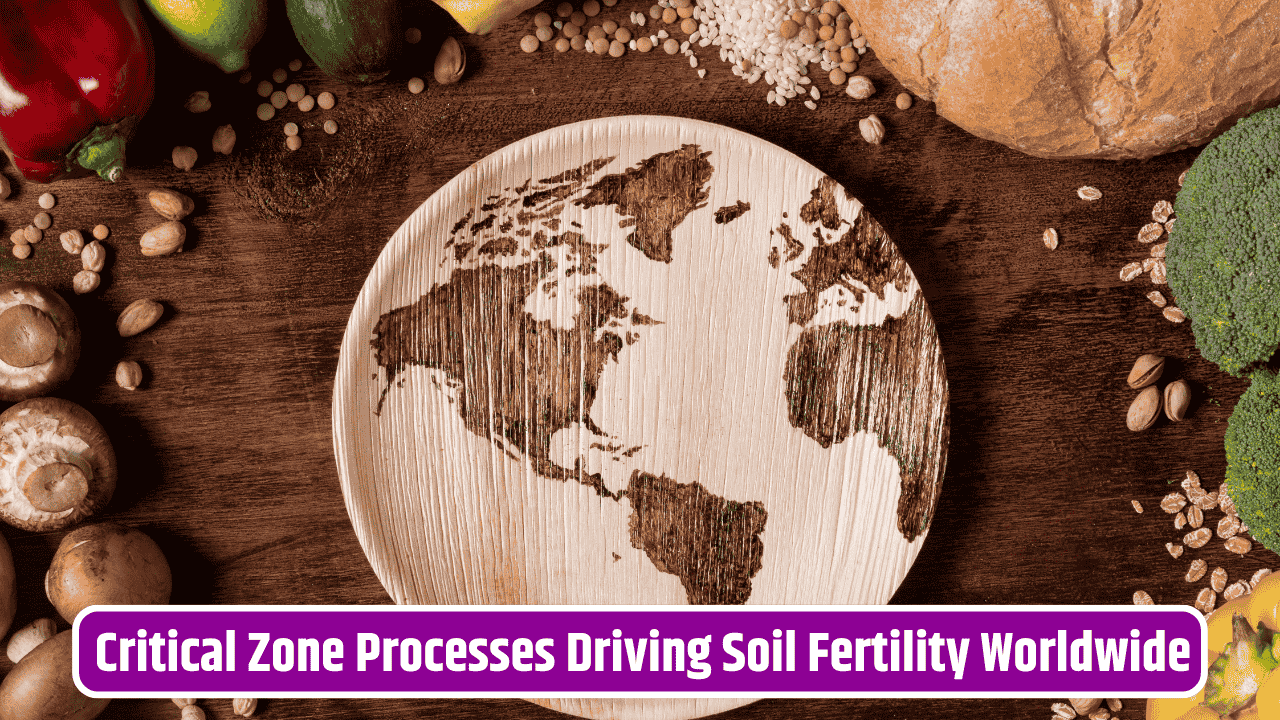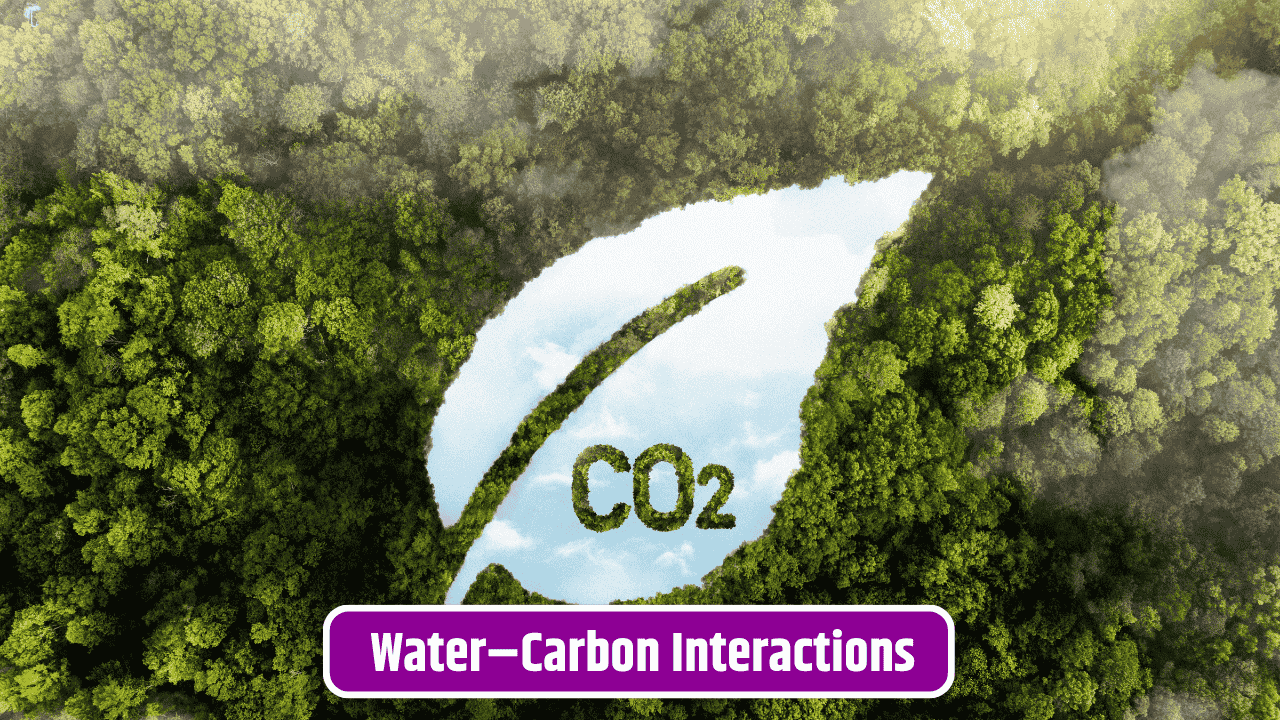Cities keep growing like wildfire, swallowing up farmland, forests, and wetlands in their path. Yet nature doesn’t just step aside quietly—it fights back in its own way, with floods, heat waves, polluted air, and stressed-out ecosystems reminding us that concrete can’t replace everything green. The tension between urban sprawl and natural systems is becoming one of the defining environmental challenges of our time, and it all plays out in what scientists call the “critical zone”—the thin, life-supporting layer of Earth where rock, soil, water, air, and living organisms interact.
Table of Contents
What Exactly Is the Critical Zone?
Think of it as the skin of the planet. It stretches from the tops of the tallest trees down to the groundwater. This is where we grow food, build homes, and draw drinking water. Every time a city expands, it reshapes this zone—sometimes in subtle ways, other times with drastic consequences.
When forests are replaced with asphalt, the soil loses its ability to absorb rainfall, so flooding becomes more frequent. When wetlands are drained for housing projects, natural water filtration is lost, so pollutants flow straight into rivers. It’s not just an ecological issue—it directly affects human lives, health, and wallets.
The Urban Pressure Cooker
Urban areas are magnets for people and jobs, but they’re also hotspots of environmental stress. Heat islands—where city temperatures soar higher than nearby rural areas—are a prime example. According to the U.S. Environmental Protection Agency, cities with too much concrete and too little vegetation can be up to 7°F warmer than surrounding countryside. That may not sound like much, but in a heatwave, it can mean the difference between safety and a public health emergency.
The economic side is brutal too. Flood damage, energy costs from overcooling, and lost productivity during extreme weather events run into billions each year. Municipalities struggle to fund climate adaptation measures while also meeting housing demand. It’s a tug-of-war between urgent human needs and the long-term resilience of nature.
Finding the Middle Ground
The good news is cities don’t have to be environmental villains. Urban planning that respects the critical zone can actually enhance both human well-being and ecosystem health. Green roofs, permeable pavements, urban forests, and restored wetlands aren’t just pretty add-ons—they serve as climate shields.
For instance, Singapore’s “City in a Garden” strategy integrates parks, vertical greenery, and water-sensitive design to manage stormwater and reduce heat. In the U.S., initiatives like New York City’s Green Infrastructure Program show how investments in natural solutions can save millions in wastewater treatment costs.
Here’s a quick snapshot of how urban design choices affect the critical zone:
| Urban Choice | Impact on Critical Zone | Human Benefit (or Loss) |
|---|---|---|
| Asphalt roads & parking lots | Soil sealed, floods rise | Higher flood damage costs |
| Urban forests & green belts | Cooler temps, cleaner air | Better health, lower energy bills |
| Wetland destruction | Lost filtration, biodiversity decline | Poorer water quality, higher treatment costs |
| Green roofs & permeable pavements | More absorption, cooler microclimates | Reduced flooding, livable cities |
Policy, Money, and Public Will
Balancing cities and nature requires political muscle and, yes, money. Governments are starting to acknowledge this. The European Union’s Nature Restoration Law sets binding targets to restore degraded ecosystems, including urban areas. Meanwhile, the U.S. Climate Resilience Toolkit helps city planners evaluate risks and adapt infrastructure.
Still, policies only go so far without community buy-in. People want affordable housing, but they also want clean air and safe neighborhoods. Bridging that gap means showing residents that greener cities aren’t just “eco-friendly”—they’re healthier, cheaper in the long run, and more enjoyable places to live.
FAQs
What is the critical zone in simple terms?
It’s the Earth’s thin outer layer where all life exists—soil, water, air, plants, and animals interacting together.
Why are cities bad for the critical zone?
Because urbanization often replaces soil and vegetation with concrete, disrupting water flow, biodiversity, and air quality.
Can urban areas and nature really coexist?
Yes, with smart planning like green roofs, wetlands restoration, and urban forests, cities can actually boost resilience.
Who pays for these green infrastructure projects?
Typically a mix of municipal budgets, federal programs, and sometimes private investment or public–private partnerships.
Which cities are leading the way?
Singapore, Copenhagen, and Portland are often cited for integrating nature into urban planning.

